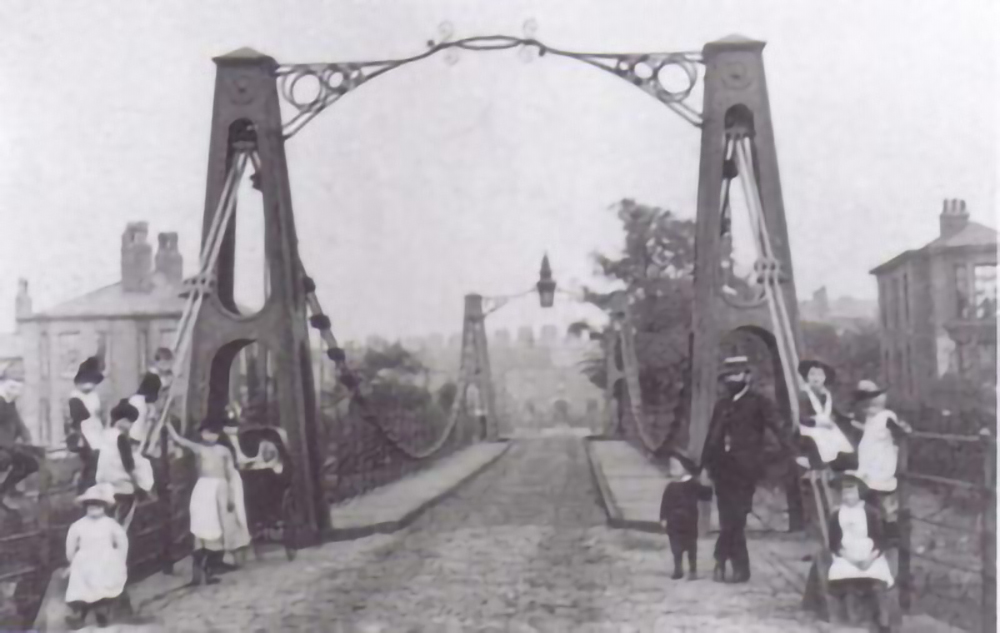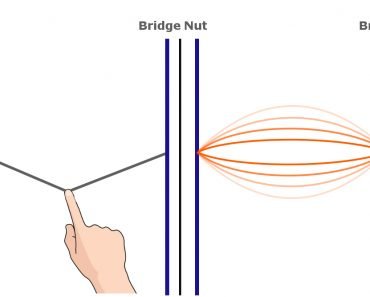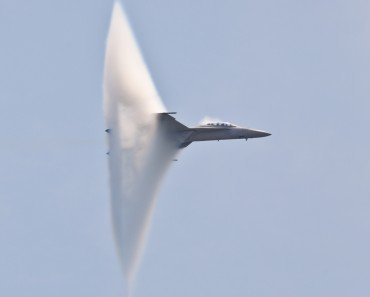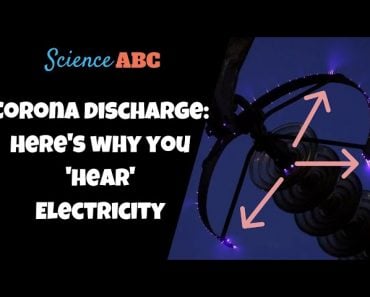Table of Contents (click to expand)
Yes, a contingent of marching soldiers can collapse a bridge. This is because when soldiers march in unison, the otherwise scattered frequencies of people walking is transformed into a more unified frequency. If this frequency closely matches the bridge’s natural frequency, it could cause the bridge to resonate with amplified vibrations. The stronger the mechanical resonance that is produced, the better the chances are of the bridge collapsing.
Well, the answer to this question is definitely YES! In fact, this has even happened before. In 1831, a contingent of marching soldiers brought down the Broughton Suspension Bridge. Too bad the brigade didn’t have a physicist on payroll to tell them better before they took that fateful stroll!

Recommended Video for you:
Principle Of Frequency
This phenomenon is based on the simple principle of frequency, which aids and abets these destructive consequences. Frequency is the number of oscillations or vibrations that occur in a unit of time. To understand this better, imagine a pendulum swinging. The faster the pendulum swings, the greater its frequency.
Now, you must have noticed that pendulums with the same mass swing at different speeds when they are suspended on different lengths of cord or string. A shorter pendulum would swing more quickly than a pendulum held at a longer distance. This is due to the different natural frequencies of the pendulums caused by their different lengths.
Natural frequency is the frequency at which a system naturally vibrates or oscillates at when external force is applied. This is applicable to all things that are not absolutely inelastic (like warm clay), such as pencils, glass, trees, and yes, even bridges. Haven’t you ever wondered why different guitar strings produce different sounds? Quite simply, this is because they have different natural frequencies. Why do some swings go higher than others? Because they possess different natural frequencies. Why do some balls bounce and others don’t? The answer remains the same – different natural frequencies.
Have you ever felt the windows of your room rattling when a heavy truck lumbers along outside? This happens when the windows vibrate in synch with the natural frequency produced by the truck. This effect is called resonance, but for something really dramatic to take place, a considerably inelastic system has to be subjected to a frequency that perfectly matches its own natural frequency. Therefore, if the truck’s natural frequency was the same as that of the windows, then the mechanical resonance thus created would result in the windows shattering. Similarly, when a singer sings at a frequency high enough to match the natural frequency of a wine glass, she effectively breaks the glass with the power of her voice alone!

Back To Bridges And Soldiers
When people walk on a bridge, they collectively create complex and scattered frequencies, the combination of which is nowhere near that of the natural frequency of the bridge. However, when soldiers march in unison, the otherwise scattered frequencies of people walking is transformed into a more unified frequency. If this frequency closely matches the bridge’s natural frequency, it could cause the bridge to resonate with amplified vibrations. The stronger the mechanical resonance that is produced, the better the chances are of the bridge collapsing.
To combat this situation, engineers must make sure that they construct structures that don’t vibrate at a natural frequency that can easily occur. Nonetheless, soldiers are now taught to break their stride when they pass over bridges. No matter what the engineers say, soldiers now know better than to trust them!












